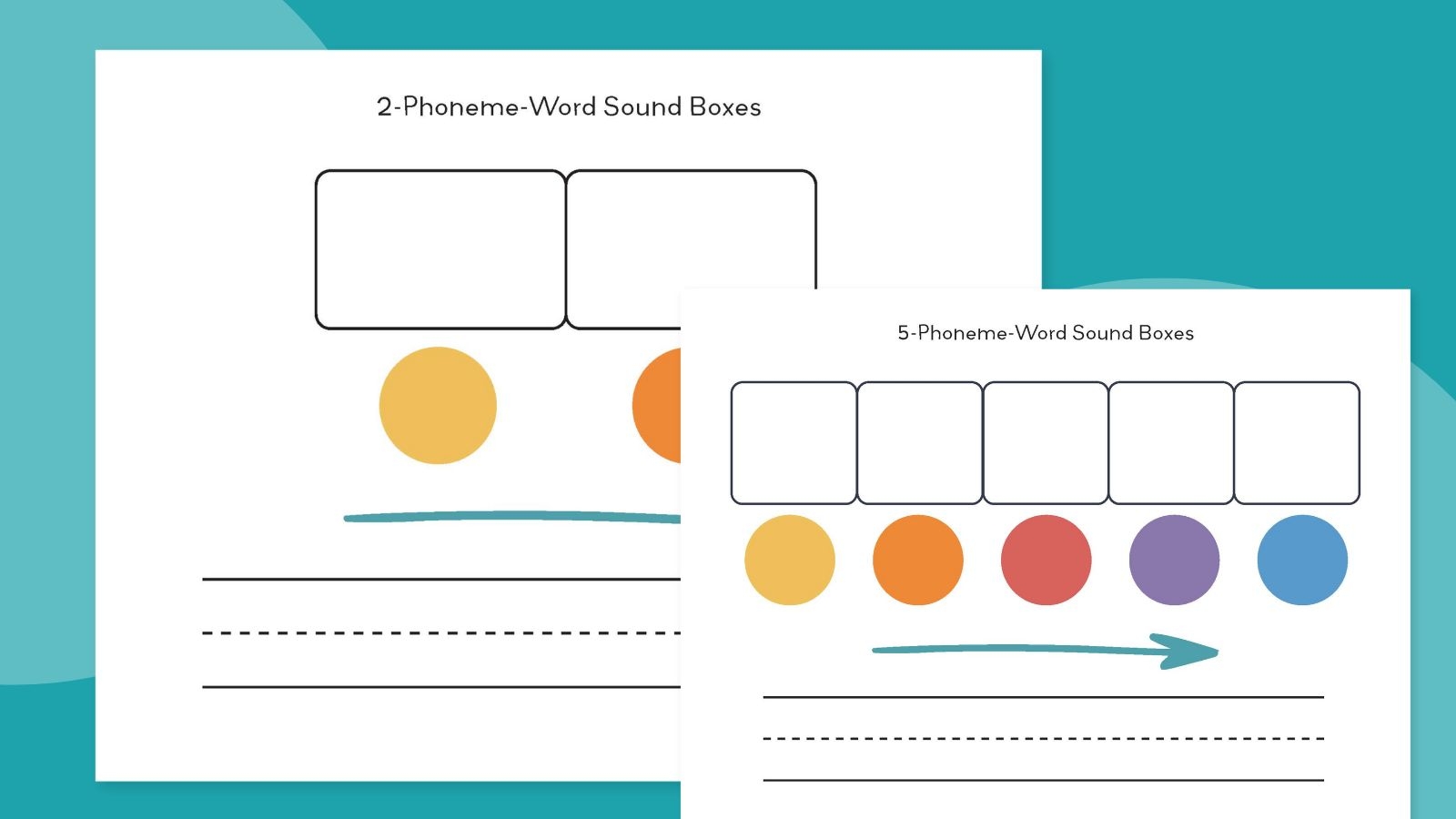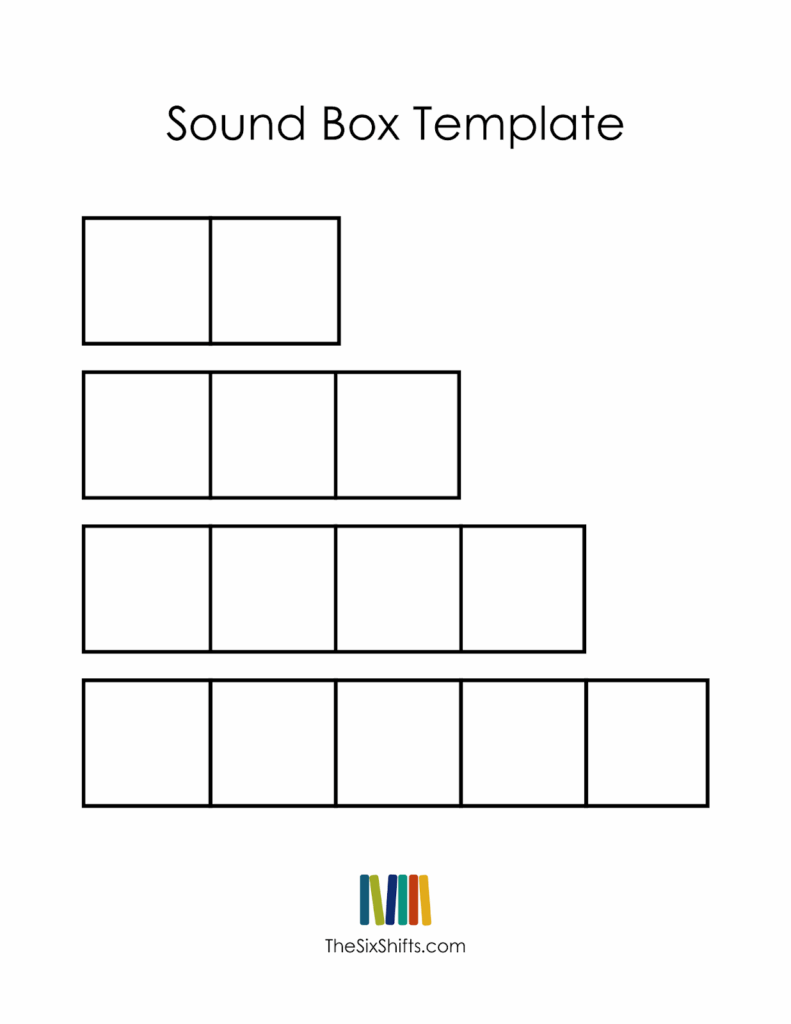Elkonin boxes are a useful tool for developing phonemic awareness in young learners. They are named after Russian psychologist Dmitry Elkonin and consist of a series of boxes or squares that represent individual phonemes or sounds in a word. By segmenting words into their individual sounds, students can improve their ability to recognize and manipulate phonemes, which is essential for reading and spelling.
Using Elkonin boxes can help students practice phonemic segmentation, blending, and manipulation skills. They are often used in early literacy instruction to support students in developing their phonological awareness, a key component of reading readiness.
How to Use Elkonin Boxes
To use Elkonin boxes, students are given a word and a corresponding set of boxes. Each box represents a phoneme in the word. Students say the word aloud, segmenting it into its individual sounds as they place a token or marker in each box to represent the phoneme. This visual representation helps students see the sounds in the word and can aid in developing their phonemic awareness.
There are many resources available for printable Elkonin boxes that you can use in your classroom or at home for phonics practice. These free resources can be easily printed and used to support students in developing their phonemic awareness skills in a fun and engaging way.
Conclusion
Elkonin boxes are a valuable tool for developing phonemic awareness in young learners. By using visual representations of phonemes, students can practice segmenting, blending, and manipulating sounds in words. Printable Elkonin boxes are a convenient and free resource that can be used to support students in building their phonological awareness skills. Try incorporating Elkonin boxes into your literacy instruction to help students become more proficient readers and spellers.

